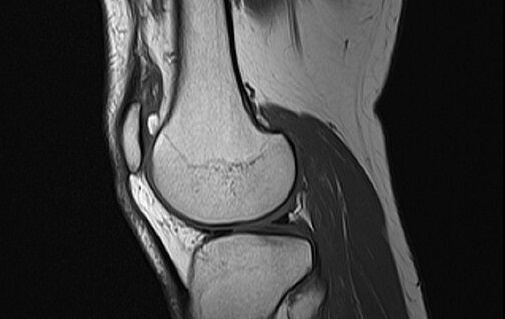Regional Differences in Cartilage Biomarker Content Related to Histological Assessment of Tissue Degradation
DOI:
https://doi.org/10.32469/aj.v21.15Abstract
INTRODUCTION: Osteoarthritis (OA) is a significant cause of disability due to the loss of functional cartilage on the joint surfaces. There is significant variability in the regional development and progression of cartilage loss across the joint surface. This study was designed to characterize differences in OA cartilage biomarker content based on location on the joint surface and OA related changes in cartilage structure. It was hypothesized that there would be significant differences in OA cartilage tissue biomarker concentrations based on level of cartilage degradation and location of recovery on the joint surface.
METHODS: With IRB approval and informed patient consent, osteochondral tissues were recovered from patients undergoing TKA for OA. Osteochondral explants were created from specific regions on the tibial plateau and femoral condyle. One half of each explant was evaluated histologically for OA related changes. Protein was extracted from the other half of the cartilage explant and was assessed for various biomarkers. Samples were grouped using histological scores and/or region of collection and significant differences were determined using a one-way ANOVA and Tukey Post-Hoc test.
RESULTS: Significant differences in OA cartilage tissue protein content were identified based on region of collection, histological score of the tissue, and when region and score were considered together.
CONCLUSION: This study suggests there are region-specific metabolic responses by cartilage that may delineate disease mechanisms associated with the development and progression of symptomatic knee OA. This approach may identify novel diagnostic, staging, and therapeutic targets for OA towards improving outcomes for patients.



